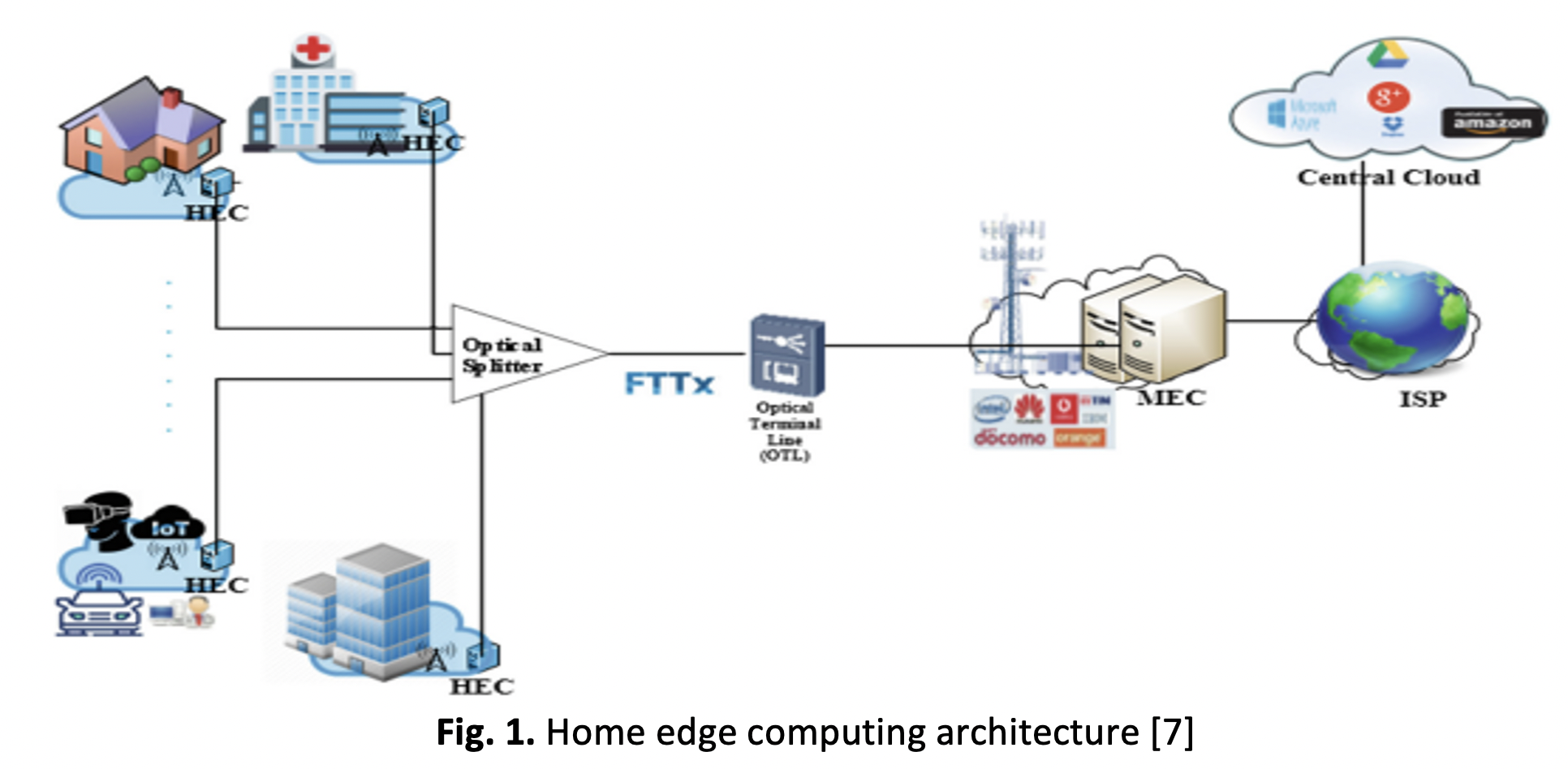Designing of Edge Infrastructure for Establishing Signal Transmission in Palm Oil Field
DOI:
https://doi.org/10.37934/araset.33.2.225243Keywords:
Data communication, edge computing , palm oil field , topology design, real-time processingAbstract
Edge computing is real-time processing that gathers, analyses, and transports data at the edge of the network using sensor technologies. It has become one of the IoT era's computing solutions because it improves signal transmission while preventing network problems like delay, congestion, or latency. It is advantageous for farm management to be able to monitor farm activities like cropping and fertilization in real-time, which helps increase palm oil production. However, the farm's remote location limits the amount of signal transmission available from its current Internet service providers, which prevents real-time processing. Hence, suitable edge infrastructure must be designed for establishing signal accessibility for data communication. It also required determining the optimal number of edge nodes to be allocated in the palm field due to different terrain and various tree sizes. The number of edge nodes will have an impact on cost utilization because it relates to setup costs and parameters. In response to data communication issues in the palm oil field, our work focuses on developing the edge computing infrastructure to maintain stable signal transmission for real-time processing. A network topology is designed to identify suitable parameters and settings that aligned with topography of the sample palm oil field. Furthermore, by having the right topology and signal frequency settings, the number of edge nodes required in the field can be determined. In our simulated design, the appropriate setting is to add a router with less than 4K million instructions per second (MIPS) compared to connecting through three mobile hot spots. Note that different palm oil fields will have different settings for their edge infrastructure. Optimistically, our study can provide guidance for promoting signal transmission in areas with limited network accessibility.
Downloads




























